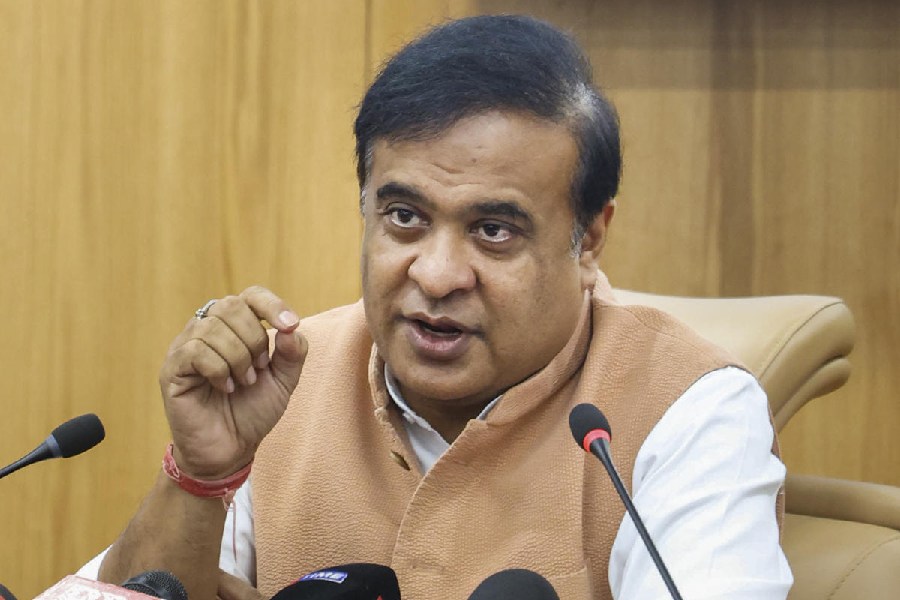|
|
Girish Chandra Ghosh: A Bohemian Devotee of Sri RamakrishnaBy Swami Chetanananda,
Advaita Ashrama, Rs 160
Girish Chandra Ghosh is not an easy person to write about. The principal reason for this is that he was a powerful dramatist and actor with a fondness for the bottle; he was also a disciple of Ramakrishna. These apparently contradictory pulls are captured in the subtitle of this biography by Swami Chetanananda. Girish was 19th century Bengal’s most famous Bohemian. He was also a devotee who was much loved by his Master. Chetanananda tries to grapple with these two identities of Girish, and, perhaps because of his own calling, the emphasis falls on the devotee.
Girish was born in Baghbazar in north Calcutta on the last day of February in 1844. He was the eighth of 11 children. He was an orphan by the time he was 14 but this did not leave him in penury as his father had been wise with money. Girish failed his school leaving examination but he was an autodidact. This biography records (the source for this is not cited) that he spent his wife’s dowry to buy the classics of English literature. He taught himself English and joined a British company as a clerk to look after accounts. He thus followed his father’s career. Even as a young adult, Girish took to drink and debauchery and became an atheist.
Girish’s turn to the stage is not quite explained by the author except to say, “Everything that happens is part of God’s great plan, and it became evident that He had a special plan for Girish.’’ This is of no great help in understanding Girish and his love for the theatre and contribution to it. The author narrates in detail all the plays Girish wrote and directed, all the roles he played and all the theatre companies he managed. Girish was also a songwriter. He was obviously a man of enormous energy and talent. But the author makes no attempt to situate him in the history of Bengali theatre.
Before Girish emerged on the scene, there already existed a tradition of play writing and theatre. Both Dinabandhu Mitra and Michael Madhusudan Datta had written powerful social satires and the former, a play that depicted the oppression of the indigo planters. Girish as a playwright did not take this route. He chose plays with religious themes and created social and historical melodrama for the stage. We know very little about his prowess as an actor except for what has passed into popular legend. Chetanananda does not dig deep enough to reconstruct this aspect of Girish’s life.
In a book of nearly 500 pages only about a 100 are concerned with Girish’s life with Ramakrishna and his disciples. The question that inevitably arises is: which is more important in history, Girish on stage or Girish at his Master’s feet? Or maybe neither.
This book does not address such questions. It is a book on a devotee of Ramakrishna by a devotee of Ramakrishna. It is rich in narrative and anecdote but somewhat bereft of analysis. The student of history and of the theatre will find it wanting; the faithful will find it poignant but perhaps redundant. The perch of the bhakta may not be the best one for a biographer. The Bohemian Girish needs more attention.











